A Museum Dedicated to Albert Kahn’s Work
The Musée Départemental Albert-Kahn opened its doors in Boulogne-Billancourt on April 2, 2022 after five years of renovations. Here, the public is able to discover 4 renovated hectares, combining new buildings and restorations respectful of the site’s history, for a completely remodeled establishment: a museum of images focused on social issues, in the heart of a garden that puts the world at your fingertips, following the example of its creator and his project, the banker and philanthropist Albert Kahn. The new building designed by the architect Kengo Kuma is inspired by the specific connection Albert Kahn had with Japan: the architectural project stages the relationship between the city, museum and garden.
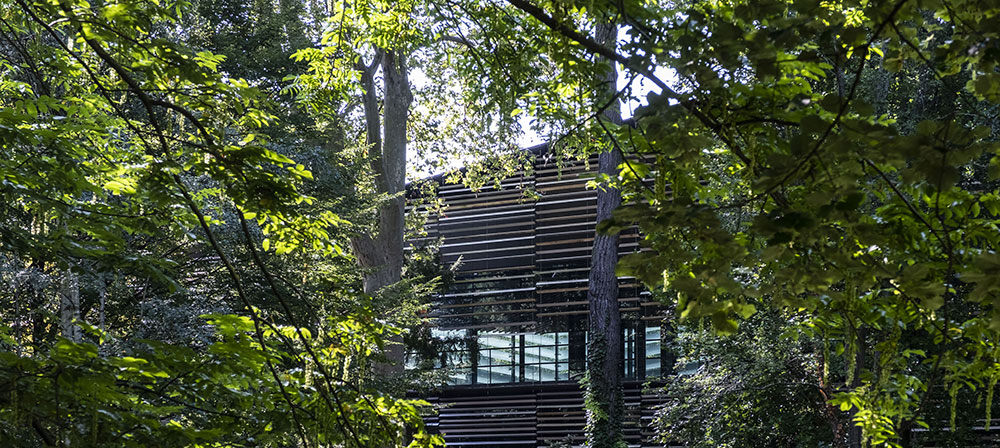
Sharing the World: The Musée Départemental Albert-Kahn
The Musée Départemental Albert-Kahn is dedicated to the conservation, circulation and promotion of Albert Kahn’s work (1860-1940), a banker, philanthropist and humanist, who dedicated his fortune to the service of knowledge, harmony between people and progress.
From this abundant work, the museum conserves one-of-a-kind photographic and cinematographic collections,the Archives de la Planète (1909-1931) and a prized landscaped garden that was the banker’s living environment and source of inspiration. These collections, still relatively unknown in the 20th century, are now open to the general public, in the same location as where they were conceived, on Albert Kahn’s property in Boulogne-Billancourt.
Today, the museum’s identity, based on the singularity and wealth of this extraordinary project hopes to be pluralistic: a museum of images focused on social questions, profoundly anchored in a location that brings the world within reach.
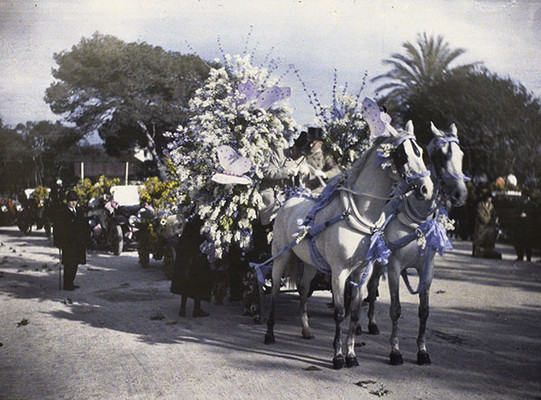
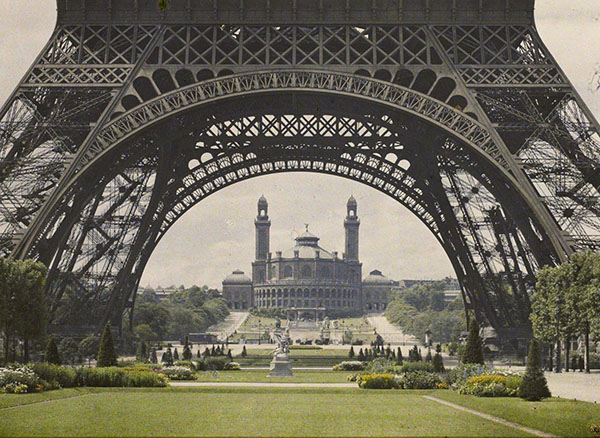
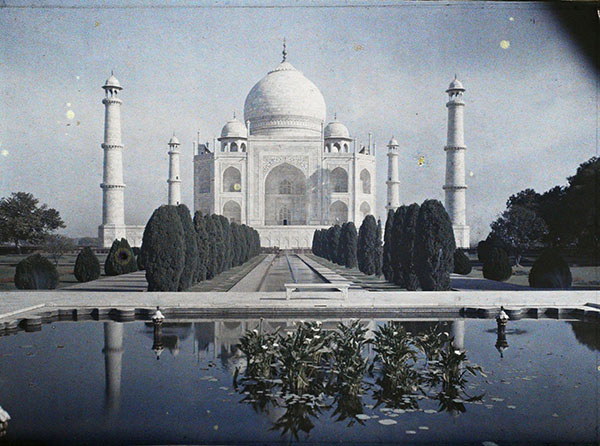

From Albert Kahn to the Musée Départemental Albert-Kahn
Preserving and enriching the considerable heritage resulting from Albert Kahn’s project and communicating this unprecedented project about the knowledge of the world, starts with historical contextualization – making it possible to understand Albert Kahn’s work in his own time – and a contemporary revival, allowing visitors to understand the relevance of the topics in question. In order to do this, just like Albert Kahn summonsed vast fields of study on life and societies, the museum studies and presents its collections through a multidisciplinary approach (history, photography, cinema, geography, ethnology, etc.) and is open to contemporary artistic proposals, specifically under the framework of temporary exhibits and the establishment’s cultural programming.
“Keep your eyes wide open”
The museum wants to be a place that educates people about images and through images, where discussions and exchanges raise awareness with different members of the public regarding social, societal and aesthetic issues. In order to encourage this open-mindedness, the visit’s sensory experience, designed around immersive displays based on current digital technologies, echoes the processes used by Albert Kahn in order to record and circulate his ideas – cinema, autochrome screenings and garden strolls – which, at that time, already produced amazement and emotion. The on-site experience extends beyond the museum’s walls, specifically in schools and online, in a desire to share the collections and have them reclaimed by the general public.
The Site’s Virtuosity: the World in a Garden
One of the singularities of Albert Kahn’s work is the complementarity of the vegetal and image collections, reflecting the interest that their creator had in the question of the living. First and foremost, it is embodied in the garden of his Boulogne property, an exceptional testimony to horticultural art at the turn of the 20th century and an obvious reflection of his own scientific project. Due to its unique character and reputation as well as its accessibility to the general public, the garden represents an ideal entry point into the collections and Albert Kahn’s project. The museum fully mobilizes this continuity, by investing the garden spaces and integrating the themes of the living and the environment in its cultural programming.
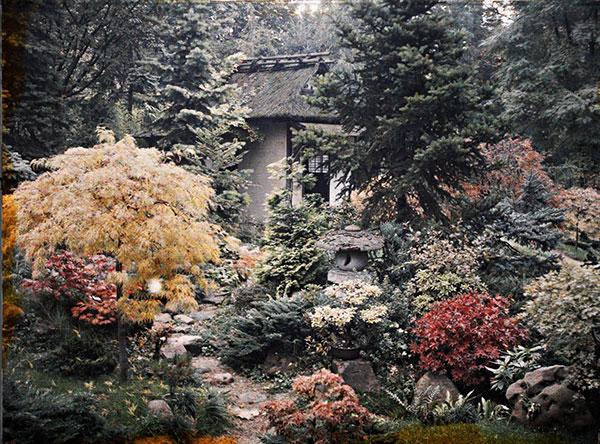
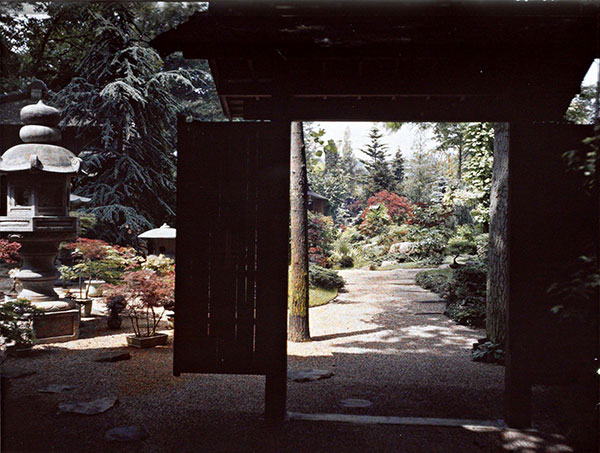
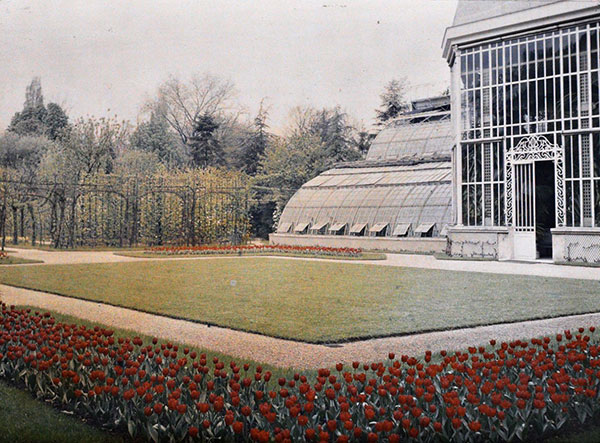

From Boulogne and Elsewhere
Albert Kahn’s initiative is deeply linked to the location of Boulogne-Billancourt, the residence of the banker philanthropist as well as his “campus” and laboratory, a place for experimentation, production and the diffusion of his ideals in favor of harmony between populations. This local attachment made it possible to reshape the museum into a kind of “regional voyage”: through a network of national and international partnerships, the museum is rooted in the local – the rich departmental fabric of the Hauts-de-Seine Cultural Valley, in order to look into the distance – the world, the subject of the Archives of the Planet’s visual inventory – and contribute, in connection with the cultural communities represented in the collections, to the construction of a shared memory.
An Unprecedented Itinerary for Discovering the Collections
Today, these intentions are embodied in the new museum’s visitor itinerary, which intimately links the collections of images with the vegetal collections, and is rolled out throughout the entire site, from the new building by Kengo Kuma to the restored historical pavilions and landscaped garden. Visitors are encouraged to actively participate in their visit through the many proposed interactive displays; their emotions and senses are mobilized in order to better understand the collections and encourage introspection.
In addition to the permanent collection, the great hall dedicated to temporary exhibits and the restored plate room, where the autochromes were previously conserved, are both perfect settings for addressing the themes from the collections and Albert Kahn’s project from different perspectives.
The cross-fertilization of disciplines dear to the banker philanthropist is also at work in the documentation center, both a resource for researchers and the museum’s scientific partners as well as for the curious, and in the new auditorium that will host multidisciplinary programming related to the collections and exhibits.
For children – and their chaperones – the family room, open to all upstairs in the new building, proposes a fun, creative and interactive exploration of the collections, alone or accompanied by the museum’s mediators.
A bookstore-gift shop extends the visit and a dining space (opening mid-2022) will provide a convivial space where museum visitors can gather.
The tradition of hospitality rooted in this site, where Albert Kahn received his guests, is once again revived, in order to build, inspired by this influential project from the 19th century, a project focused on sharing for the 21st century.
